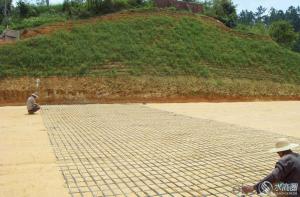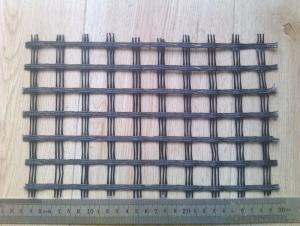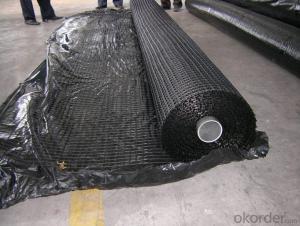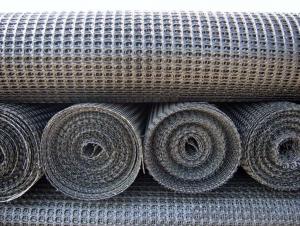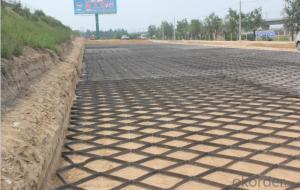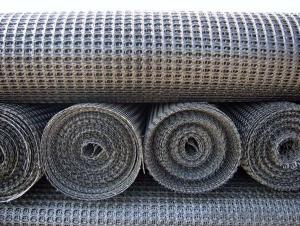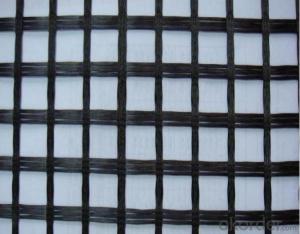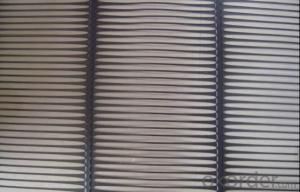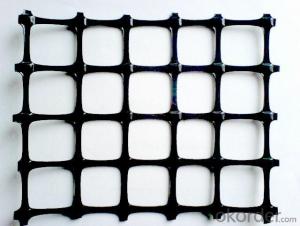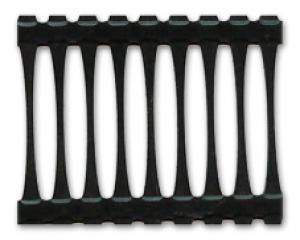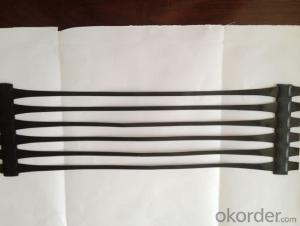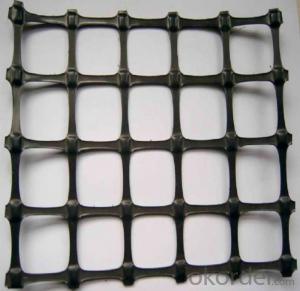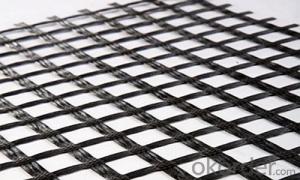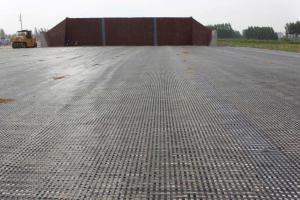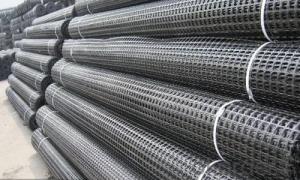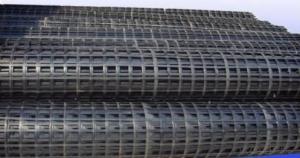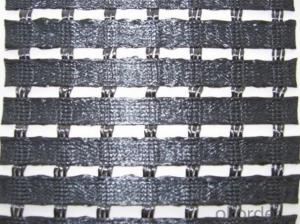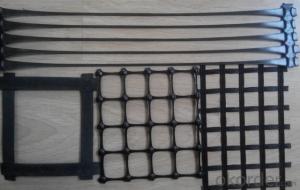Geogrid Pavement
Geogrid Pavement Related Searches
Geogrid Paving Geogrid Pavement Reinforcement Geogrid Pavers Geogrid Parking Geogrid Grass Pavers Geogrid Construction Geogrid Road Construction Asphalt Geogrid Geogrid Paver Base Geogrid For Pavers Geogrid Installation Geogrid Placement Landscaping Geogrid Geogrid Paver Geogrid For Gravel Roads Polyethylene Geogrid Geogrid Road Geogrid Plastic Paver Geogrid Layer Geogrid Asphalt Reinforcement Geogrid Ground Stabilisation Polypropylene Geogrid Gravel Geogrid Geogrid For Road Construction Laying Geogrid Geogrid Gravel Geogrid Patio Geogrid Stabilization Geogrid Walls Geogrid MembraneGeogrid Pavement Supplier & Manufacturer from China
Geogrid Pavement is a type of geosynthetic material that is widely used in civil engineering and construction projects. This innovative product is designed to reinforce and stabilize soil, making it an essential component in various applications such as road construction, slope protection, and retaining walls. Its unique structure and properties provide enhanced strength and durability, making it a popular choice among engineers and contractors.The Geogrid Pavement is utilized in a variety of scenarios, including but not limited to, highway and road construction, airport runways, railway beds, and even in the reinforcement of soil for landscaping projects. Its ability to distribute loads evenly and prevent soil erosion makes it an indispensable tool in the construction industry. By using Geogrid Pavement, projects can be completed more efficiently, with improved stability and reduced maintenance costs.
Okorder.com is a leading wholesale supplier of Geogrid Pavement, offering a vast inventory of this high-quality product. With a commitment to customer satisfaction and a focus on providing top-notch products, Okorder.com ensures that clients have access to the materials they need for their projects. By partnering with Okorder.com, customers can benefit from competitive prices, reliable service, and a wide range of Geogrid Pavement options to suit their specific requirements.
Hot Products

